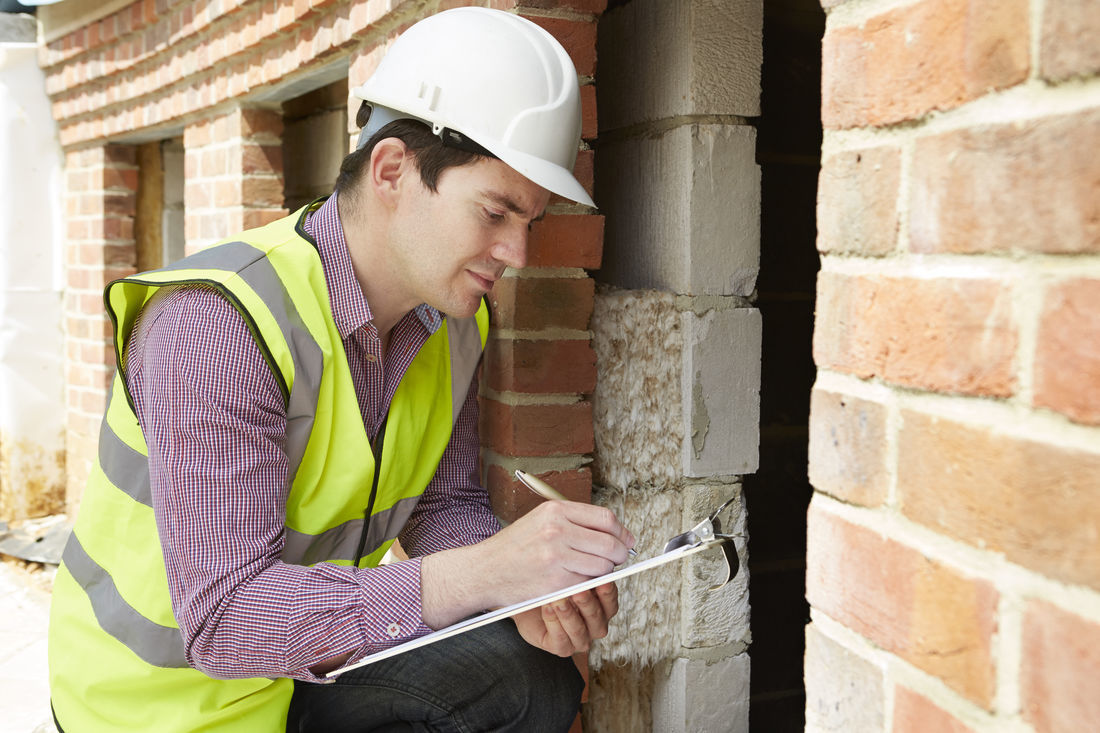On the surface, a property can look like the dream purchase – that big something you’ve been waiting for.
Underneath the veneer, though, there may be a a range of issues that the ordinary eye can’t always detect, especially when you’re not entirely sure what to look for.
This is why it’s so important to organise a pre-purchase building inspection before you make a bid or an offer. Allowing you a peace of mind, here are some of the most common issues a building inspector can find.
Incomplete or substandard construction
It's not commonly known that one in three homes in Australia experience some form of incomplete or inferior construction. This low-quality work can appear in a number of formats, but is most commonly seen throughout pergolas with inadequate or incomplete guttering leading to stormwater drains, or extensions without proper local government building approval.
As a result, these incomplete extensions can land you some pretty hefty financial concerns down the track, as you will need to rectify the works at your own expense.
Damaged roofing and guttering
The Aussie environment can cause roof tiles to become chipped, damaged or shift over time. Without careful maintenance, roofing doesn’t live up to its role. When tiles are significantly impacted, moisture is able to get into the property and cause damage over time. Guttering can also become corrupted to the point it is no longer draining properly, causing excess buildups of moisture.
Structural cracking and movement
There are a range of factors that can cause a home to start to shift or crack and these might not be immediately noticeable to the naked eye.
Poor slab construction, ground moisture, control joints in brickwork, tree roots and other triggers can all cause damage to the property. When detected early, these problems can be fixed without any significant damage appearing down the track. Left unchecked, you could be looking at a substantial repair bill in the future.
Electrical faults
Australian standards demand strict electrical processes are adhered to, but some old properties still have wiring thatives up to past standards and regulations. In the digital era where we rely on electricity more than ever before, it is essential that this wiring is up to the latest standards not just for compliance, but for safety. Building inspectors can thoroughly check the area to make sure everything is up to scratch in relation to this aspect.
Timber degradation and pests
Moisture, age and noxious pests like termites can cause damage to the timber around a property. Because of this, stumps can become degraded to the point the entire house is in danger of becoming cracked and damaged. When left unchecked, termites can cause extreme impact, resulting in demolition being the only option for severe cases.
Moisture problems in rooms that use water
Two in five Australian homes have moisture problems behind the shower wall or in cupboards below the kitchen taps, but the only way to detect these issues is with a specialised moisture metre.
This moisture can build up and damage timber, pop and crack tiles and cause other damage to your bathroom or kitchen.
Little problems can lead to significant damage
There are many more minor issues that left unrepaired can lead to big bills in the future.
One in two homes have problems with sealants and grouting, for example. Handrails for staircases may have met compliance at the time of construction, but not today. Additionally, many houses across the nation now require repainting on the inside entirely. Latchings, easings, worn fixtures – these little problems can all stack up to create huge expenses.
Organise a pre-purchase building inspection
By getting the professionals in to look at a property before you make a purchase, you can get the perfect snapshot of what expenses and repairs you will need to pay for once you take ownership.
In some cases, the dream property may not be worth the price tag, because of the work you will have to complete to make it safe and compliant. If you’re experiencing any doubt, opt to have a professional building inspector in to check the structuring before it becomes your responsibility to fix.

